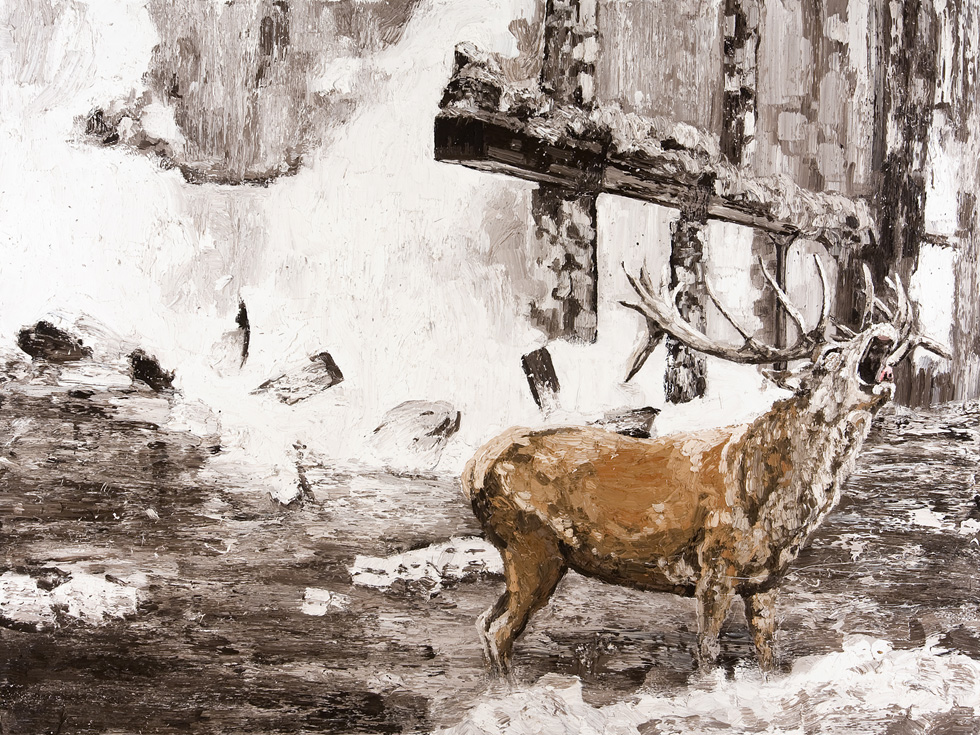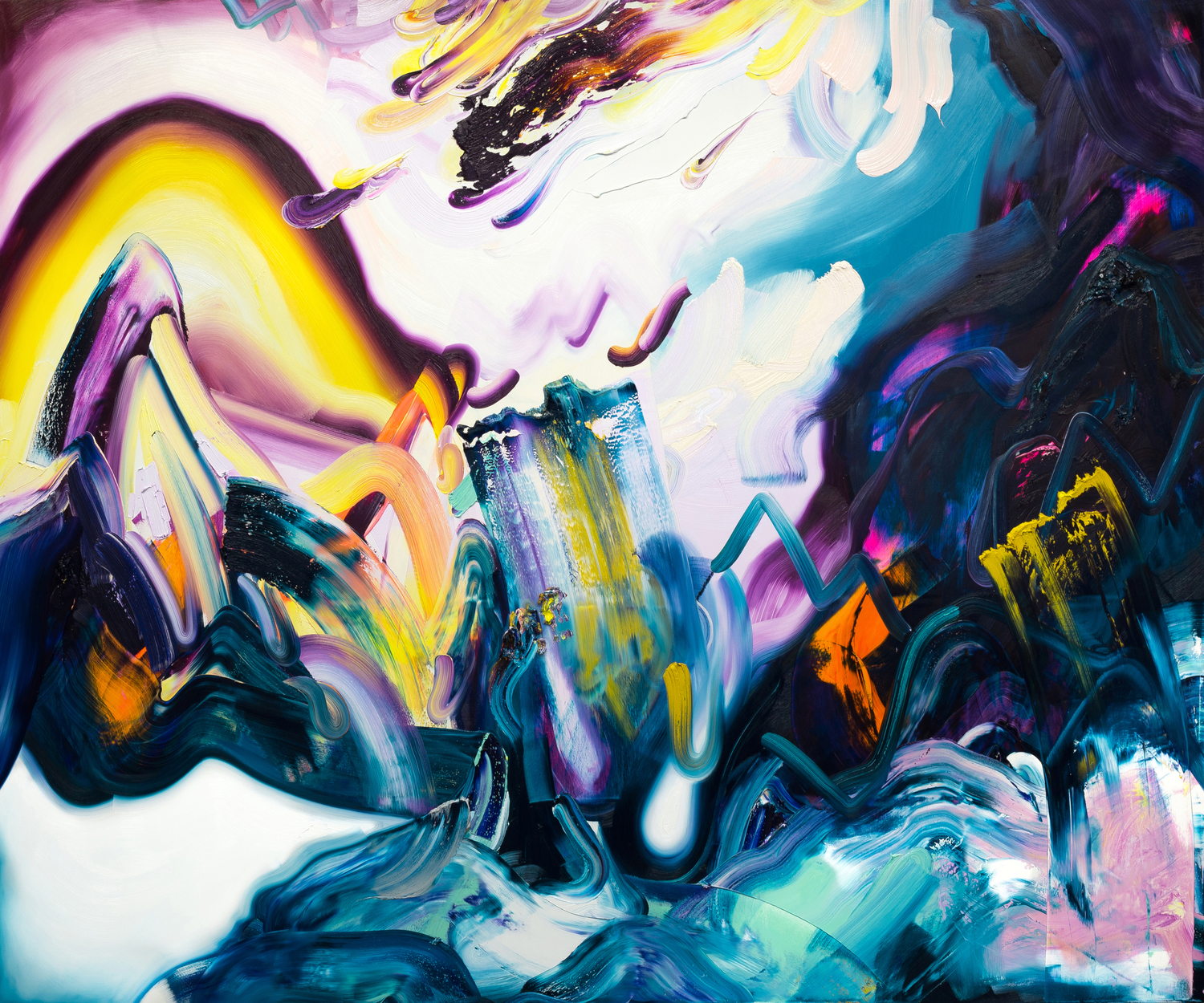By Randy Gladman
One of the strange and disappointing characteristics of the Toronto art scene is the way our local and national art critics have a knack of missing important exhibitions. In 2004, Artcore/Fabrice Marcolini, hosted a museum quality posthumous exhibition of the work of Joseph Beuys, marking the twentieth anniversary of that legendary German conceptual artist’s Difesa della Natura project. While New York City-based Artforum.com offered a glowing “Critic’s Pick” review, the Toronto contingent of critics more or less totally neglected to cover this exhibition of works by one of the most important (if challenging) artists of the twentieth century. One of the only reviews was NOW Magazine’s blathering piece that may have caught the show but missed the point entirely. This article wished more explanatory information would have been provided (and lamely suggested viewers spend a night in advance doing library research) yet neglected to mention that an excellent catalogue providing an intelligent backgrounder on the artist and the series of works was published for the show.
The astigmatism of Toronto art criticism-at-large was revealed again recently when Matt Bahen’s “Run with the Hunted” exhibition of paintings at Moore Gallery was all but ignored in our local press. Though I am writing this blog posting on April 27 and it is still possible that press-delayed publications like Canadian Art will offer reviews, the fact that the dailies and weeklies seem not to have noticed this show says so much more about their critical abilities than it does about the show itself. Those who saw it will consider this exhibition one of the best painting shows of the year.
Bahen paints like no one else in Toronto. He modernizes classical impasto handling and earthy palettes by interpreting the catastrophes of twenty first-century societal conflict. While there are a number of interesting painters in Toronto who are currently exploring this thick-paint style, Bahen does not fall into the trap set by Kim Dorland (and followed recklessly by Brendan Flanagan and recently James Olley) whose high-key synthetic colour will surely be seen in the long run as dated as 1980s shoulder pads. Loose and honest, Bahen’s brushwork is abstract up close but offers highly representative interpretations when the entire composition is visible.

Bahen is Earthbound. His problems are those of the everyman with whom he empathizes and represents. Hailing from small town Ontario, he struggled to pay for art school and found himself homeless on more than one night during that educational program. Parallel with his art career, he now spends many of his productive hours as a front-line social outreach worker, delivering hot food, condoms, and dignity to Toronto’s most needy. These real experiences inform Bahen’s sense of truth and value. His paintings, dating back to 2002 when he graduated from OCAD, carry the weight of the world and betray his inability to ignore the plight of mankind’s most downtrodden.
In earlier series, Bahen’s works used images reaped from international media sources to present the devastating effects of politics, war, famine and disease around the world. A flag above a Red-Cross tent is shown in stark relief, surrounded by thousands of displaced Africans as they scramble for inadequate supplies of food and medicine. A pick-up truck rolls unsteadily down a broken dirt road, impossibly overloaded with refugees clinging to each other on the last ride to somewhere, anywhere but here.

In “Run with the Hunted”, which closed on April 24, 2010, Bahen turned his attention away from the suffering masses of people and focused instead on the wildlife that is left after the fall of man. A pack of hungry dogs trudges silently through a broken cornfield, the snow blending seamlessly into the horizon-less sky, searching for food. A stag deer bellows a requiem for its destroyed habitat while in the background a church collapses into ruin. A saddled yet rider-less donkey stands lonely and aimless in a barren wasteland. In these works, the busted and rusting relics of man are left behind while the surviving fauna scavenge the wreckage, searching for food and a new way to live. It is unclear if Bahen’s apocalypse is a warning about or a yearning for the end of man, but his soulful handling of colour and paint suggests a definitive certitude that this, friends, is where we are headed. There is something of Bono’s concerned social gravitas in these paintings but none of that singer’s preaching.
Truthful painting exhibitions like Bahen’s recent effort are rare in Toronto. They should be celebrated, debated, appreciated and recognized. Similar to the way we disrespect our natural environment, we ignore shows like this at our own peril.
By Randy Gladman. Original content originally published on Akrylic.com on April 28, 2010.


